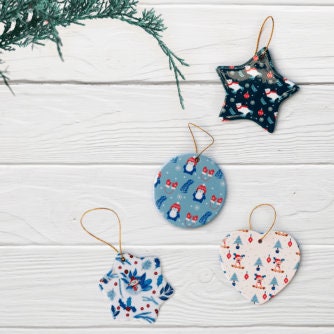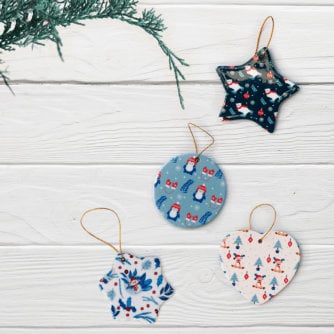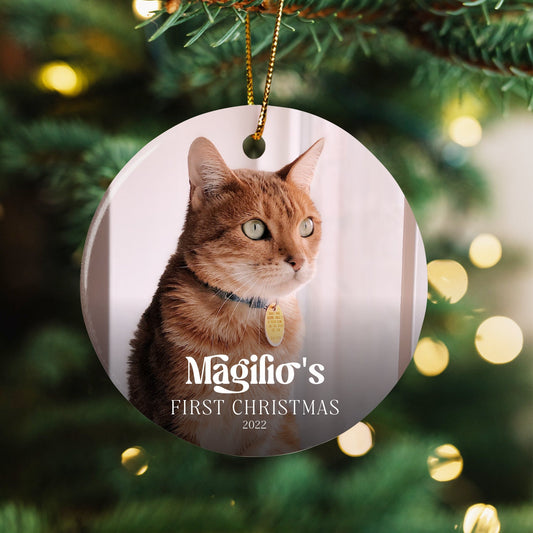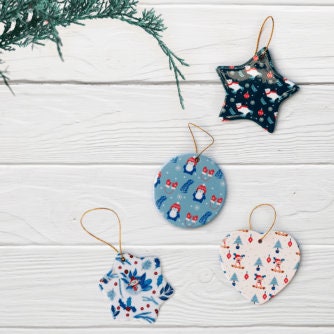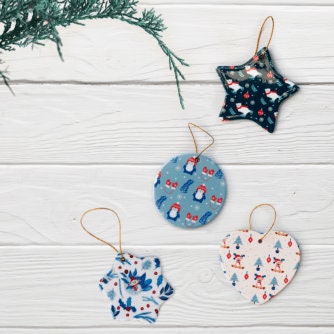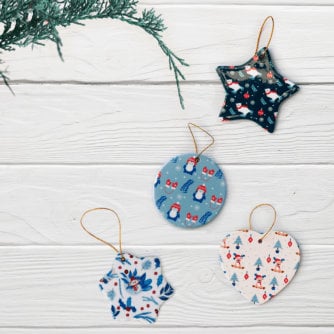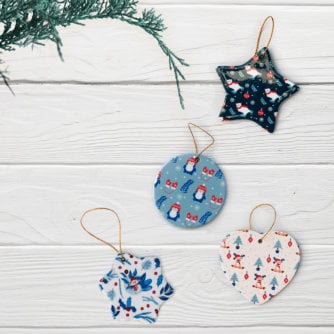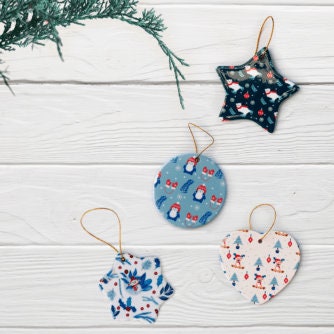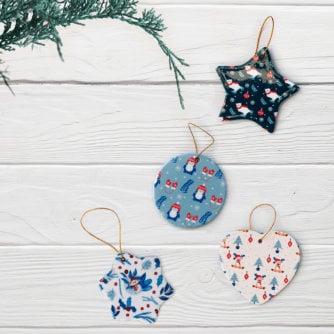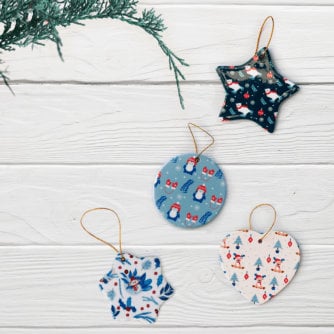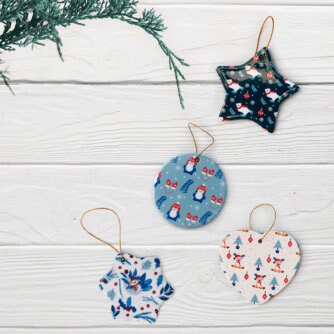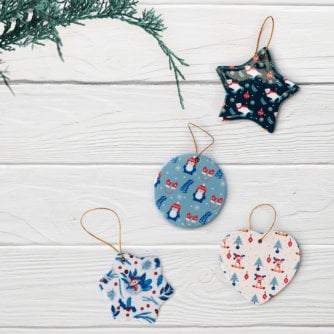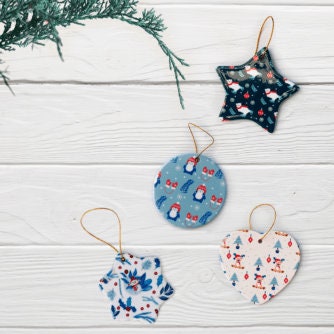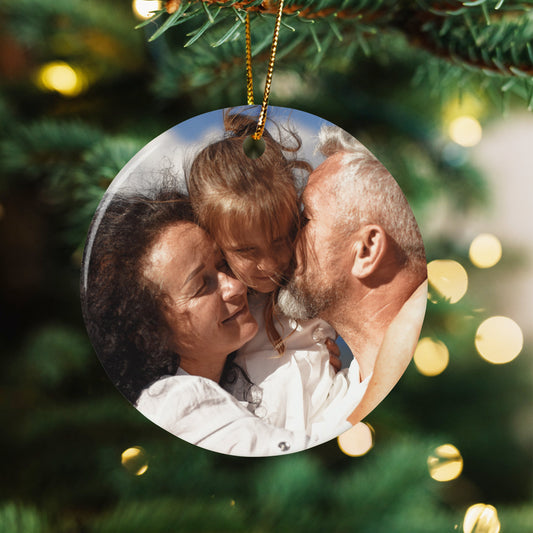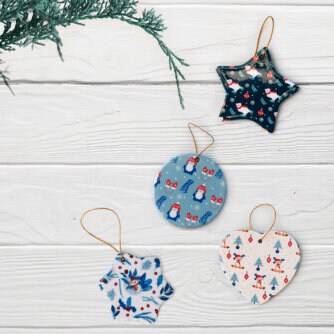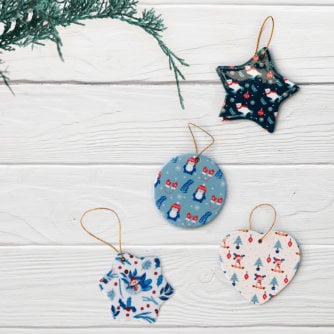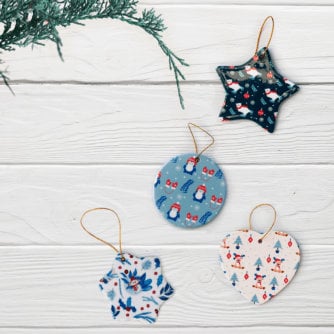The Timeless Elegance of Ornaments: A Deep Dive into the Art of Adornment
Table of Contents
- Introduction
- Historical Roots
- Cultural Significance
- Expressions of Personal Style
- Evolution of Ornaments
- Ornaments in Festivities and Rituals
- Conclusion
- Frequently Asked Questions (FAQs)
Ornaments have adorned human civilizations for centuries, transcending time and culture to become an integral part of our personal and cultural identities. These decorative embellishments, whether worn as jewelry, displayed in homes, or used in festivities, carry stories, traditions, and a sense of aesthetic expression. In this blog, we embark on a journey to explore the fascinating world of ornaments, delving into their history, cultural significance, and enduring allure.
Historical Roots
The history of ornaments is as rich and diverse as the cultures that have embraced them. From ancient civilizations to modern societies, humans have adorned themselves and their surroundings with intricate ornaments made from various materials such as metals, gemstones, beads, and more. Ornamental artifacts have been discovered in archaeological sites, providing glimpses into the customs, beliefs, and social structures of bygone eras.
Cultural Significance
Ornaments hold profound cultural significance, acting as symbols of identity, status, and heritage. Different cultures attribute unique meanings to specific ornaments, creating a visual language that communicates societal values and traditions. Whether it's the intricate henna patterns of Indian brides, the beaded necklaces of African tribes, or the symbolic wedding rings in Western cultures, ornaments play a vital role in expressing cultural narratives.
Expressions of Personal Style
Beyond cultural significance, ornaments are powerful tools for personal expression and style. Individuals use jewelry, accessories, and decorative items to convey their personality, beliefs, and aesthetics. The choice of ornaments reflects not only fashion trends but also serves as a canvas for self-expression. Whether it's a minimalist pendant, a bold statement necklace, or a classic wristwatch, ornaments become an extension of one's identity.
Evolution of Ornaments
As we transition through time, the world of ornaments evolves with us. Contemporary artisans and designers fuse traditional craftsmanship with modern aesthetics, creating a diverse array of ornaments that appeal to a broad audience. The rise of sustainable and ethically sourced materials has also become a significant trend, reflecting a growing awareness of environmental and ethical considerations within the ornament industry.
Ornaments in Festivities and Rituals
Festivals and rituals around the world are often marked by the use of specific ornaments. From the sparkling lights of Christmas ornaments to the vibrant colors of Diwali decorations, these embellishments enhance the festive atmosphere, creating a sense of joy and celebration. Ornaments, in this context, not only serve as decorations but also carry deep symbolic meanings, connecting individuals to their cultural and religious roots.
Conclusion
Ornaments are more than just decorative accessories; they are tangible expressions of human creativity, culture, and personal identity. Whether passed down through generations, crafted by skilled artisans, or chosen for contemporary fashion statements, ornaments continue to hold a timeless allure. As we continue to navigate the currents of time, the enduring appeal of ornaments reminds us of our shared human history and the beauty found in the art of adornment.
Frequently Asked Questions (FAQs)
1. Where can I find ethically sourced ornaments?
You can explore artisan markets, fair trade stores, and online platforms that specialize in ethically sourced and sustainable ornaments.
2. What are some popular materials used in modern ornaments?
Modern ornaments often use materials such as recycled metals, sustainably harvested wood, and lab-grown gemstones to align with eco-friendly and ethical practices.
3. How do ornaments vary across different cultures?
Ornaments vary significantly across cultures, with each culture attributing unique meanings and designs to their adornments. The choice of materials and symbols often reflects the cultural values and traditions of a particular community.
4. Are there any upcoming trends in ornament design?
Contemporary ornament design trends include a focus on minimalist aesthetics, personalized and custom-made pieces, and a resurgence of interest in traditional craftsmanship with a modern twist.
5. Can ornaments be recycled or repurposed?
Yes, many ornaments can be recycled or repurposed. Check with local recycling programs or explore creative DIY projects to give old ornaments new life.


